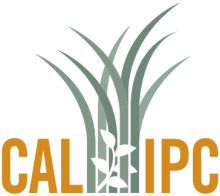Climate Matching Map
| Attachment | Size |
|---|---|
| ClimateMatch_CA_Caesalpinia_spinosa_2.pdf (1.12 MB) | 1.12 MB |
1. Question 1
2. Question 2
3. Question 3
4. Question 4
5. Question 5
6. Question 6
7. Question 7
8. Question 8
9. Question 9
Although there is some speculation on whether the high tannin content of Caesalpinia spinosa may be lethal if the pods are consumed in large quantities (Orwa et al 2009), I was unable to find further data to support this.









